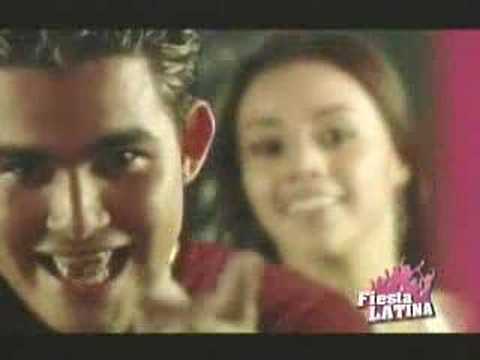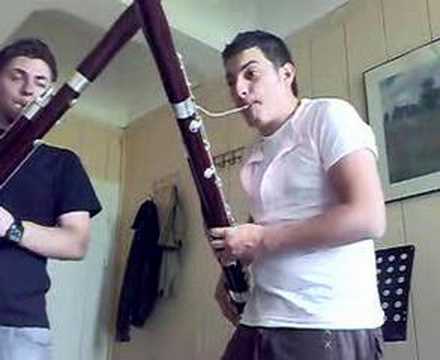Maracas, also called rumba shakers and various other names, are percussion musical instruments—rattles—that originated in Latin America. Players hold them by their handles, usually in pairs, and shake them. Traditional maracas consist of hollow balls made from dried gourd shell (cuia «koo-ya») or coconut shell filled with seeds or dried beans and mounted on a wooden handle. Modern maraca balls are also made of leather, wood, or plastic.
Practice playing the maracas with instruments found at: http://amzn.to/1X5zYau
Often, one ball is pitched high and the other low. The word maraca is thought to have come from the Tupi language of Brazil, where it is pronounced ‘ma-ra-KAH’. They are known in Trinidad, Dominica and the French Antilles as shac-shacs. The leather maracas were introduced in 1955 by a Venezuelan percussionist.
Maracas are a simple instrument, but require modest skill to play in time to music. When the player changes the direction of motion to produce the sound, the seeds or dried beans must travel some distance before they hit the hard outer surface. This creates a slight delay that requires that the player anticipate the rhythm. Players also strike maracas against their hand or leg to get a different sound.
Learn the basic maraca rhythms and patterns in this video lesson.
Visit http://dancepapi.com for more free Hand Percussion tutorials.
Subscribe to our Youtube Channel
http://bit.ly/dancepapi
Leave us a comment and “Like” this video if you enjoyed the lesson.
Latin Percussion Instructor: Edgardo Cambon
Get Social with Dance Papi
Free VIP Email List: http://eepurl.com/SyfKX
Facebook: http://facebook.com/dancepapi
Twitter: http://twitter.com/dancepapi
Youtube: http://youtube.com/DancePapi
Pinterest: http://pinterest.com/dancepapi
Website: http://dancepapi.com
Dance Papi is the best place on the web to learn Salsa, Cuban Salsa and Latin percussion online for free.
source












